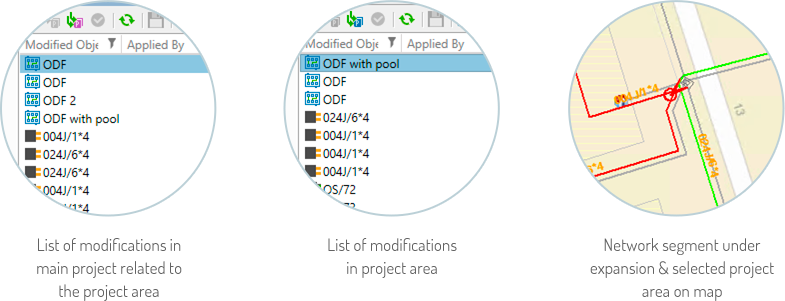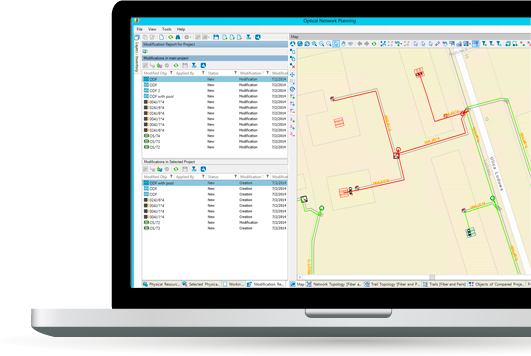What is Network Planning and Design?
At first glance, network planning and design might seem fairly obvious. Design and planning tools assist a provider’s network engineering and capacity planning teams to extend, augment and revise their network. These are essential activities for any network where there are regular changes occurring, including adds, moves and deletes.
However, it also undervalues the importance of telecom network planning and design solutions. These tools are “the great connectors” in a network operator’s toolbox. Design and planning tools connect and coordinate:
-
Customer orders – including the customer premises that need to be connected to the network, as well as the essential engineering attributes that the service must consist of
-
Network / Resource Inventory – being aware of the current (and future) state of the network and associated resources that will impact the proposed changes
-
Asset and Spares Management – understanding the bills of quantities required to implement network changes and the supply chain required to make those assets available
-
Field Workforce Management – that coordinates the optimal use of field workers to implement changes into the network
-
Network Configuration – to plan and coordinate updates to the way the network functions
-
Capacity Planning – to ensure network capacity remains within thresholds that safeguard an expected level of service quality for customers, whilst also guaranteeing day-to-day changes are contributing to optimal future target network states
How to optimise Telecom Network Design?
Network health, optimisation and profitability are absolute fundamentals for any telecom network operator. The decisions made by network design and planning teams today have enduring ramifications on the effectiveness of the network well into the future. As such, telecom network design tools and network planning tools have to provide design and planning teams with advanced functionality to ensure:
-
Optimal resource allocation and capital efficiency – on network augmentations or change-outs, even small optimisations (eg 10% reduction in bill of quantities on cables and devices) can result in huge cost, implementation time and ongoing product support savings.
-
Coordination of resources and workforces – the network planning and design teams invariably have multiple projects underway simultaneously, often with overlapping dependencies on resources and workforces. Some designs may be for option comparison purposes and will see sub-optimal designs deleted.
-
Implementation efficiency – approved designs and resource allocations must ensure design packs are prepared for field workers to implement without rework. This means designs much be complete, correct and consistent.

